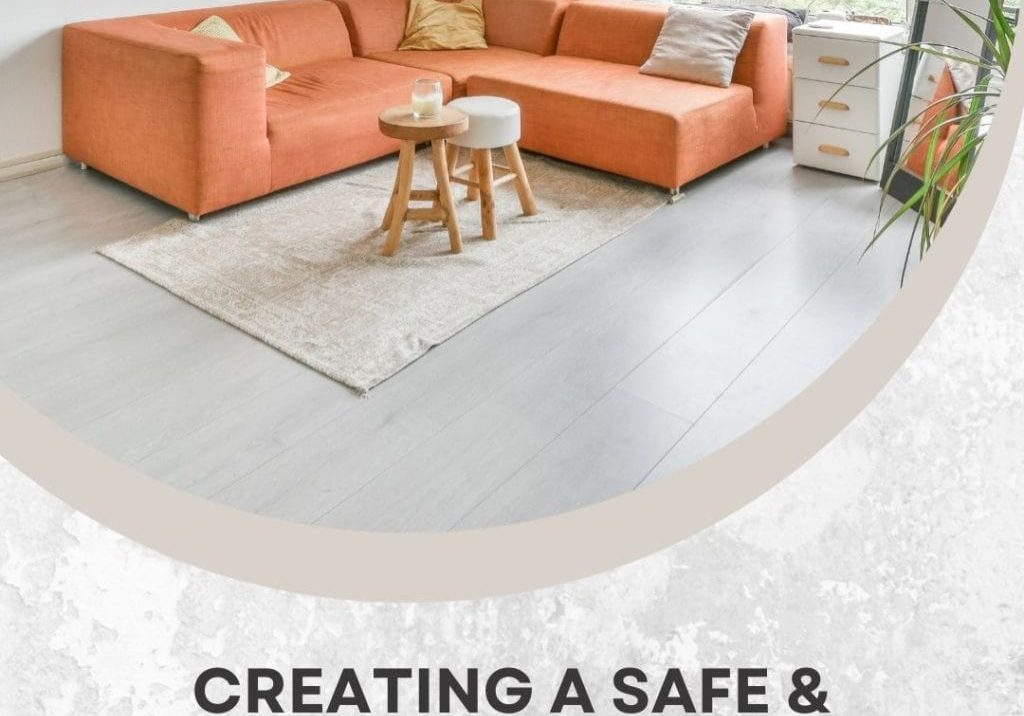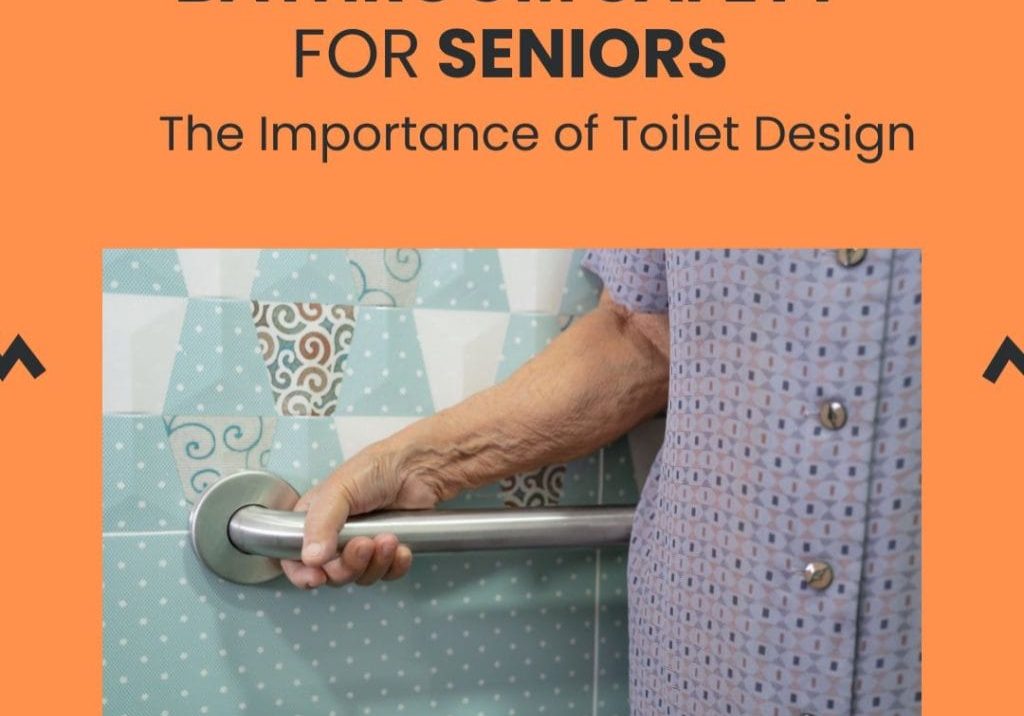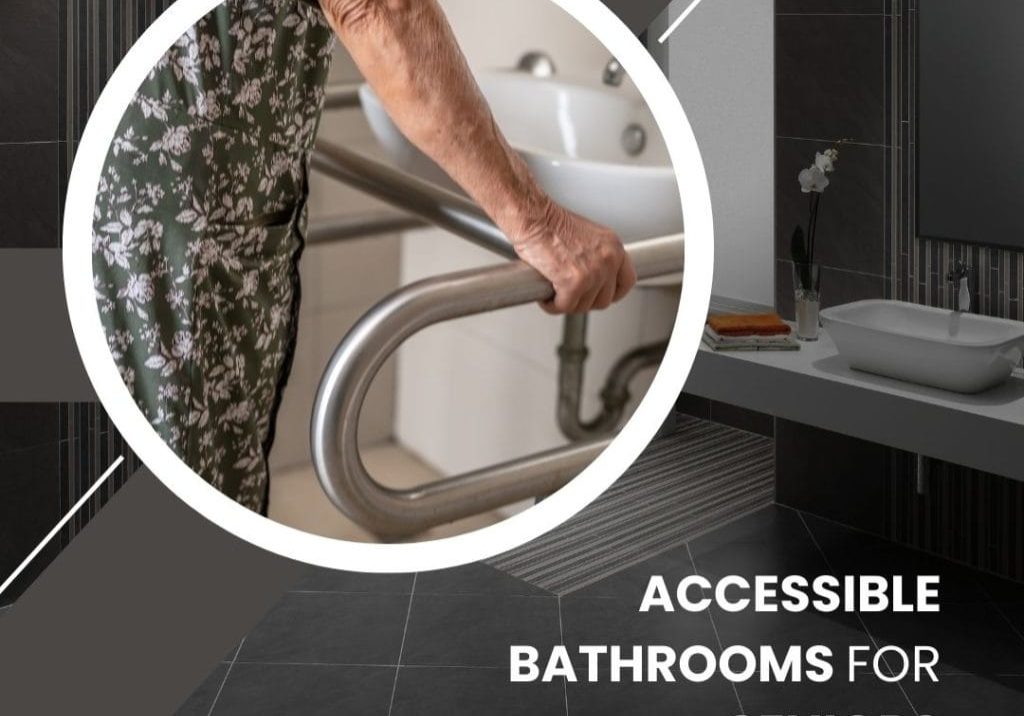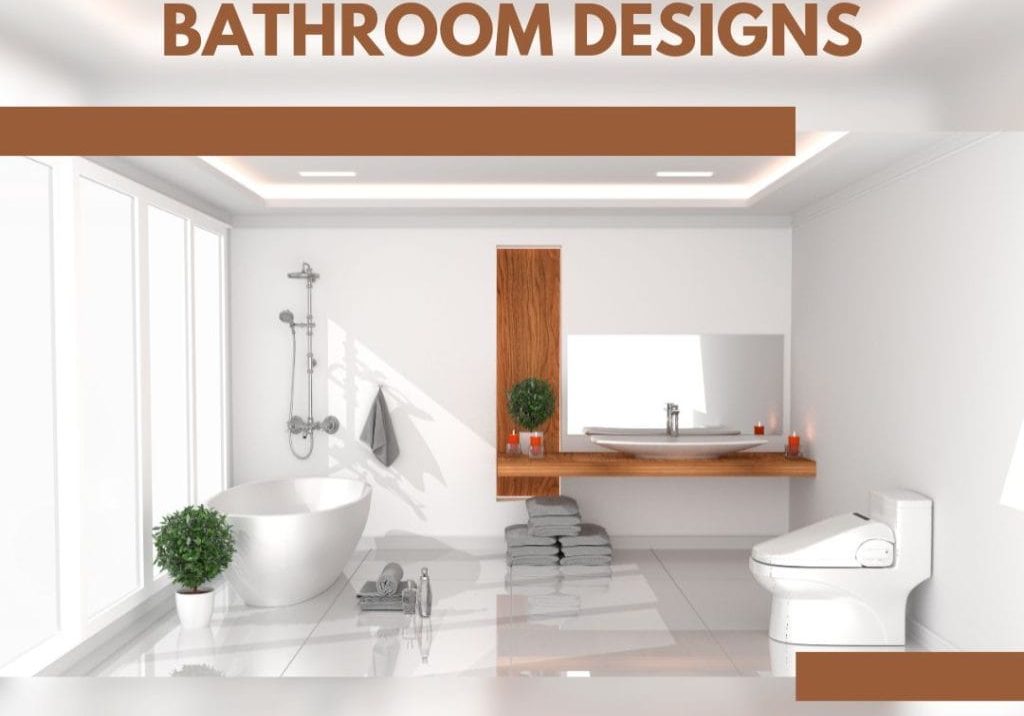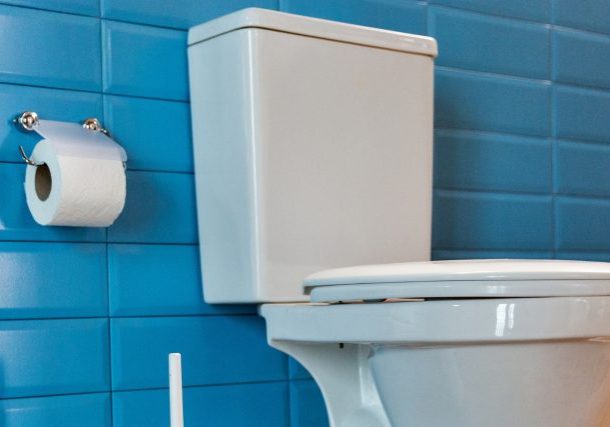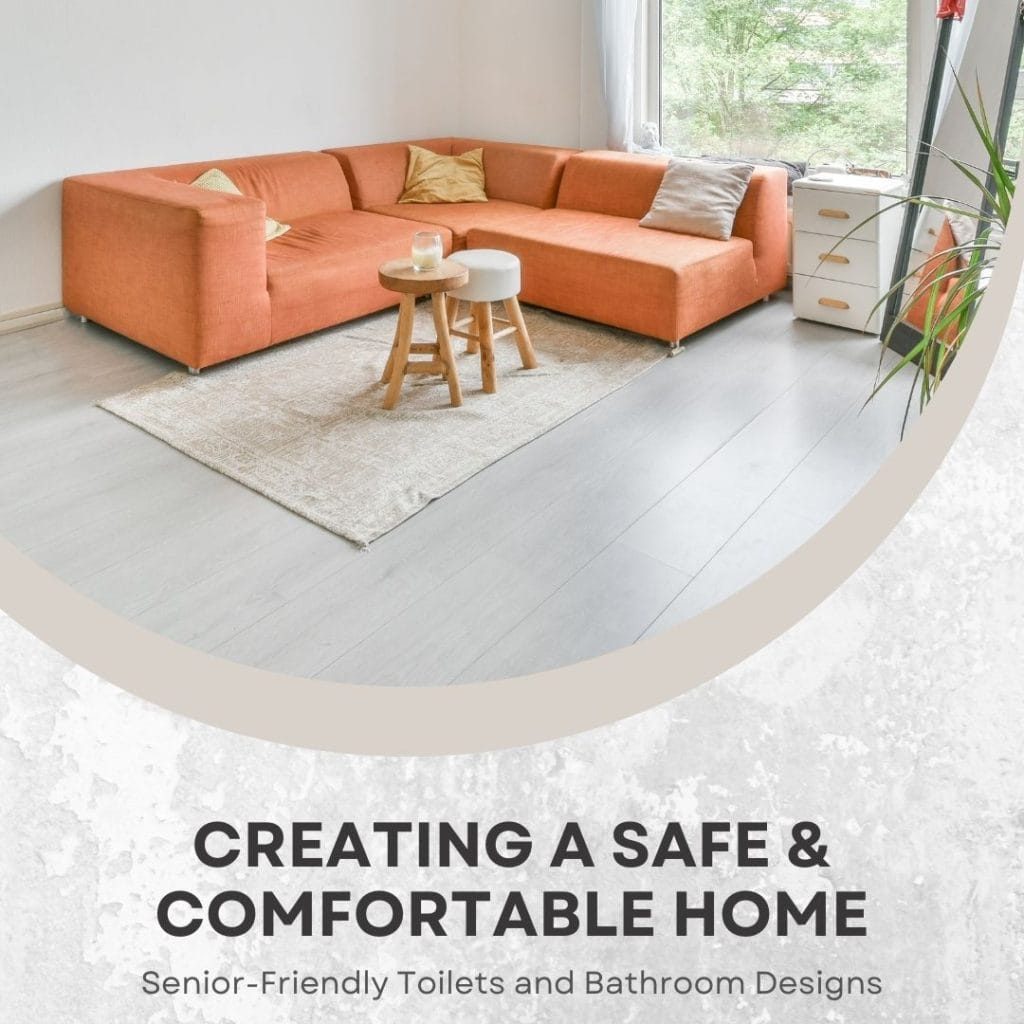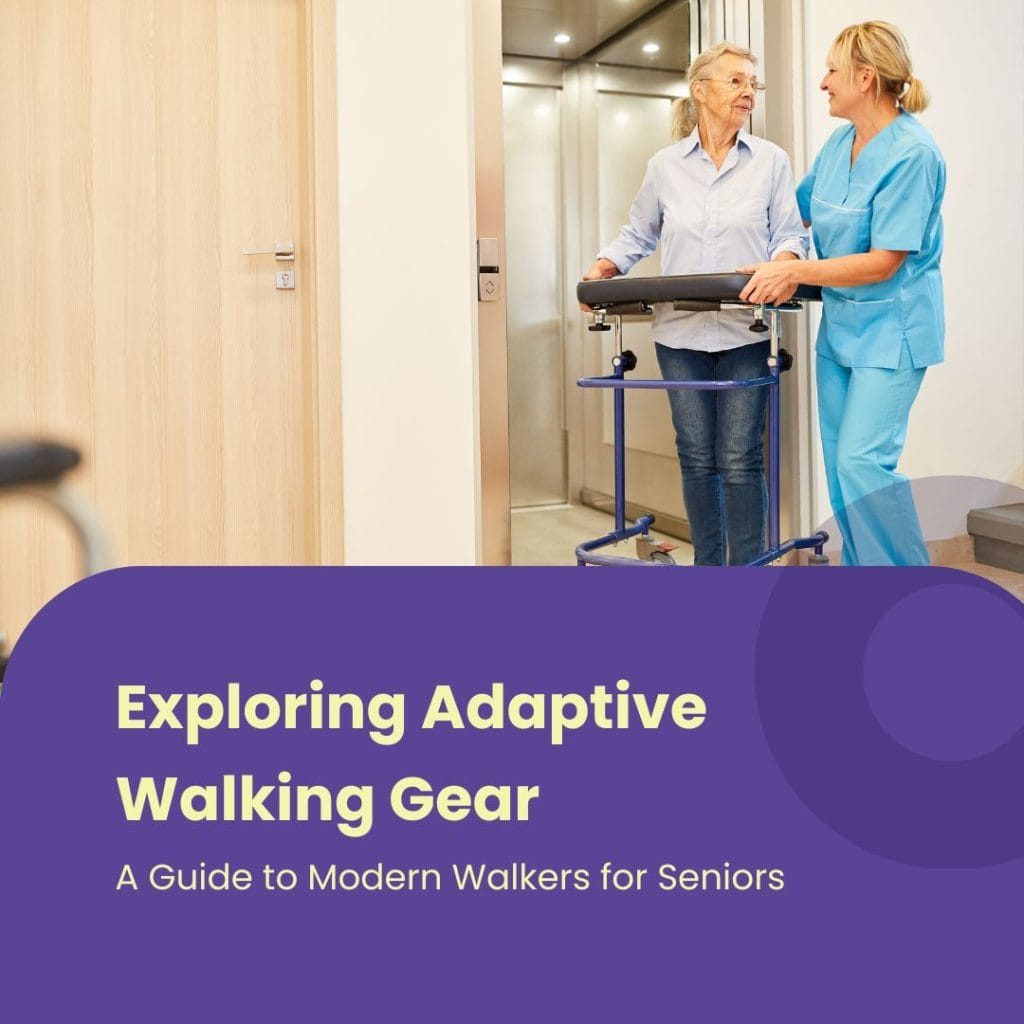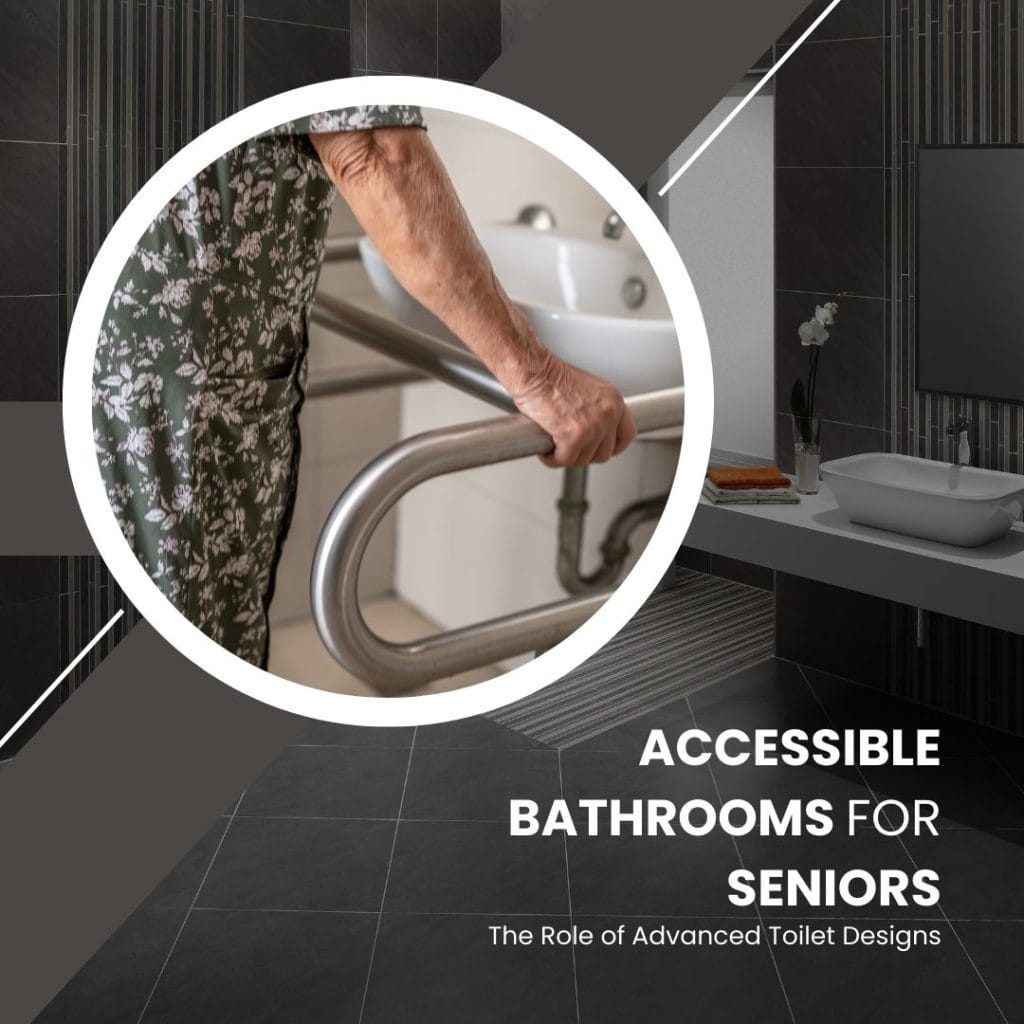For senior citizens, accomplishing routine bathroom tasks—be it using the toilet, operating faucets, or utilizing the shower or bathtub—can pose a challenge. Those who have experienced a decline in mobility and strength may find it tough to stand in the shower for extended periods. Additionally, entering and exiting a bathtub can present significant risks.
Fortunately, advances in bathroom designs adapted for seniors are making it easier for them to use the bathroom independently. These renovations span from straightforward enhancements, like handheld shower heads that let the individual bathe while seated, to the installation of step-free showers for easier access. These modifications not only empower seniors to maintain their independence in the bathroom, but also assist caregivers in providing more effective care for their elderly dependents
How to Make Bathrooms More Friendly for Seniors?
Bathroom Access
The primary focus should be the ease of entering and exiting the bathroom. It’s crucial to ensure there’s an unobstructed pathway, devoid of any potential trip hazards like loose rugs or footwear, especially for wheelchair users. Moreover, adequate lighting is a must, particularly during nighttime. Strategically placed switches for easy access to illumination on the route to the bathroom significantly contribute to ensuring safety.
Install lever faucets
Switching to a lever-style faucet can eliminate the need for challenging twisting and turning movements often problematic for senior citizens. There’s a vast variety of options available, inclusive of faucets operated by foot. The process of installing a fresh faucet has become less complex over time, however, it’s always advisable to consult a professional when dealing with plumbing tasks to ensure a smooth transition.
Get a sprayer attachment for your shower-head
A handheld shower head greatly simplifies the bathing process, as it can be removed and maneuvered as needed. This design does away with the requirement of standing throughout the shower, an undoubted advantage for individuals who struggle with prolonged standing. The ability to shower while seated further fosters an increased degree of autonomy for seniors.
Install grab bars and rails
Implementing grab bars and rails in the shower, bathtub, and adjacent to the toilet is a relatively simple, budget-friendly solution to make your bathroom safer and more accessible for seniors. These additions aid both the elderly individual and their caregiver, simplifying the process of bathing and toilet use. You have the option to handle the installation yourself or engage the services of a professional for the task.
Raise the height of the toilet
A mere increase of three inches in the toilet’s elevation can profoundly impact the comfort and ease of use for seniors. Numerous strategies are available to achieve this increase in height. One could opt for a thicker toilet seat to augment the height of an existing toilet, or opt for a complete replacement with a ‘Comfort Height’ toilet. This task could be undertaken as a home improvement project, or you could elect to hire a professional plumber.
The decrease in muscle strength often experienced by seniors can make the simple act of sitting down or rising from a conventional toilet challenging. Therefore, it’s advisable to increase the height of the toilet seats slightly beyond the standard dimension. This can be achieved by using a method referred to as “wedging” for existing toilets, ultimately raising them to an approximate height of 46 cm. Importantly, these heightened toilets should be securely affixed to either the floor or wall to ensure safety and stability.
Thick rugs for cushioning
The incorporation of a cushioned mat or pillow in your bathroom is a straightforward yet effective solution for caregivers assisting the elderly with their bathing routine. Positioning this under your knees can significantly minimize knee discomfort, transforming the task of bathing into a less strenuous experience.
Non-slip bath mats and rugs
Implementing a non-slip mat within the shower area is a convenient strategy to mitigate the risk of slips and falls for seniors while they bathe. Similarly, positioning a non-slip rug on the bathroom floor adjacent to the shower safeguards seniors from potential slips once they step out post-shower. As a more economical alternative, consider using non-slip tape on the base of shower pans and bathtubs.
Curbless showers and Walk-in bathtubs
For elderly individuals struggling with leg mobility, a curbless shower can significantly enhance their quality of life. This design allows for a seamless transition from wheelchair to shower seat, simplifying the process for both the senior and their caregiver. Walk-in bathtubs offer another viable option, with their ease of access and typically included seating significantly superior to traditional tub designs. The installation of either a curbless shower or walk-in bathtub can be achieved through purchasing a pre-made unit that can be professionally installed, or by undertaking the project independently. The benefit of opting for a new unit installation is its specific design tailored towards accommodating the needs of seniors.
Doors
The door to the bathroom must be designed for effortless and intuitive operation, with a minimum width of 80 centimeters. Handles with lever designs are preferable as they are easier to operate than twist knobs. For emergency situations, it may be beneficial to remove door locks to facilitate quicker access. For added convenience, consider implementing sliding doors or doors that open outwards.
Flooring
Bathrooms frequently become slick, thanks to an accumulation of water, soap, and various personal care items. As such, it’s crucial to ensure bathroom floors are composed of non-slip materials. There are numerous options for non-slip flooring, including ceramic, cement board, epoxy, and rubberised options, each serving to enhance safety. Additionally, it’s recommended that bathrooms feature contrasting hues, such as walls and floors that contrast with the bathroom fixtures, as this can help prevent confusion for seniors with visual impairments. Rugs, if not properly chosen, can contribute to accidents. Ideally, they ought to feature a rubberised underside to enhance friction with the floor and prevent slippage.
Shower Box
The shower enclosure should ideally have a minimum width of 80 centimeters to accommodate comfortable use, while the use of traditional bathtubs is generally discouraged due to the challenges they present in terms of entering and exiting. Provision should be made to accommodate a caregiver, who might need to assist the elderly person. An extra shower head can be a great addition to ease this assistance. A foldable support stool, positioned approximately 46 cm off the ground, is another vital component to consider.
Elderly Bathroom Alert System
Despite adhering to these safety measures, it’s critical to prepare for potential emergencies, such as mishaps or accidents. Features like doorbells, alarms, and emergency buttons serve as crucial lifelines should the senior resident require immediate assistance. These mechanisms are typically linked to telecare firms, which promptly evaluate and initiate necessary responses. It’s vital to install these devices at a reachable location, preferably near the floor, ensuring the elderly individual can access them even when unable to stand. Moreover, the integration of sensors in rooms or on the individual, through automation methods previously discussed, presents another viable safety solution.
Conclusion
In summarizing, it’s worth noting that different countries maintain specific standards regarding accessible bathroom dimensions and safety components, specifically catered to individuals with reduced mobility or those who rely on wheelchairs. This article’s objective was to present a comprehensive guide, offering notable considerations and tips for crafting bathrooms that prioritize safety and comfort. By adhering to these suggestions, the probability of unfortunate incidents can be significantly minimized.

